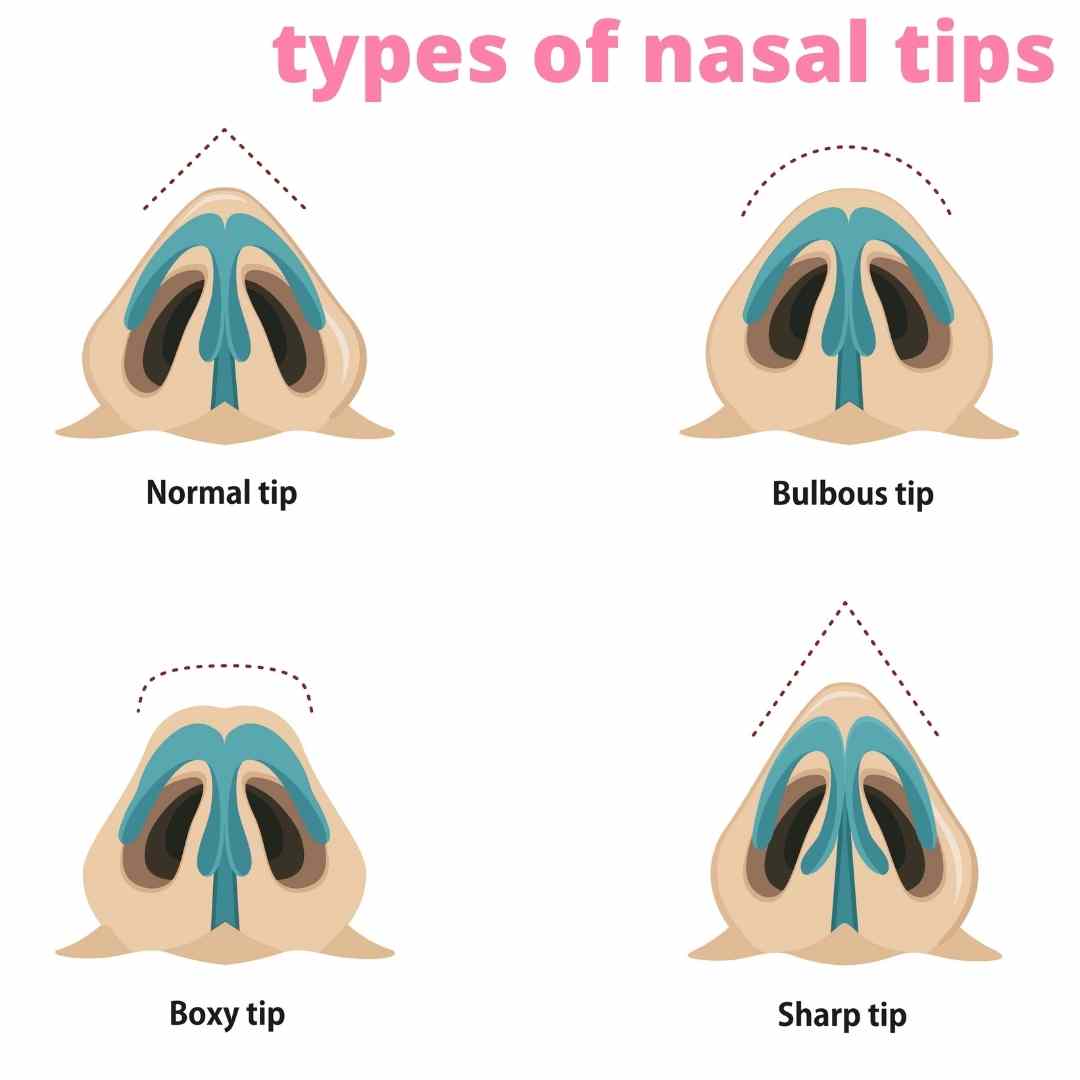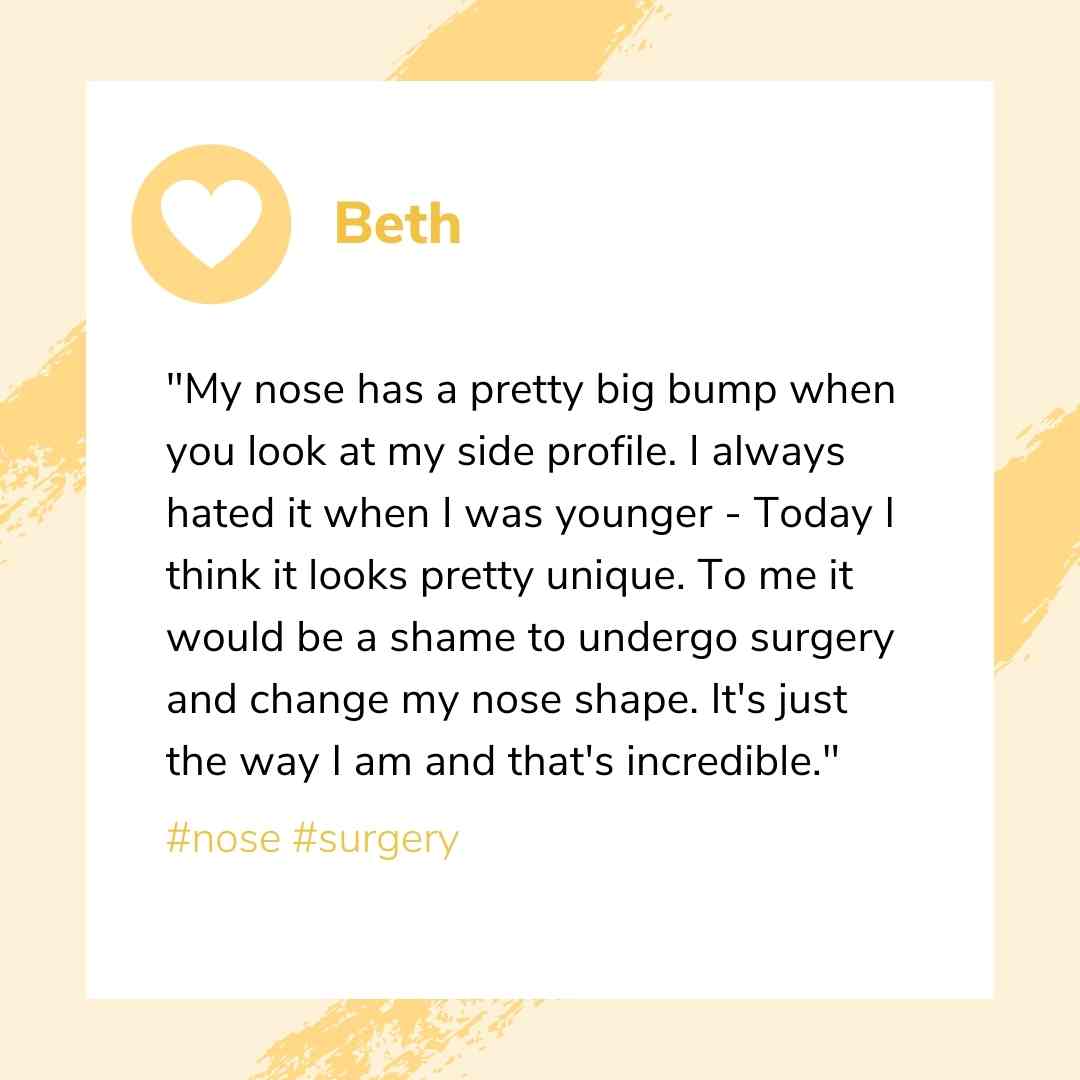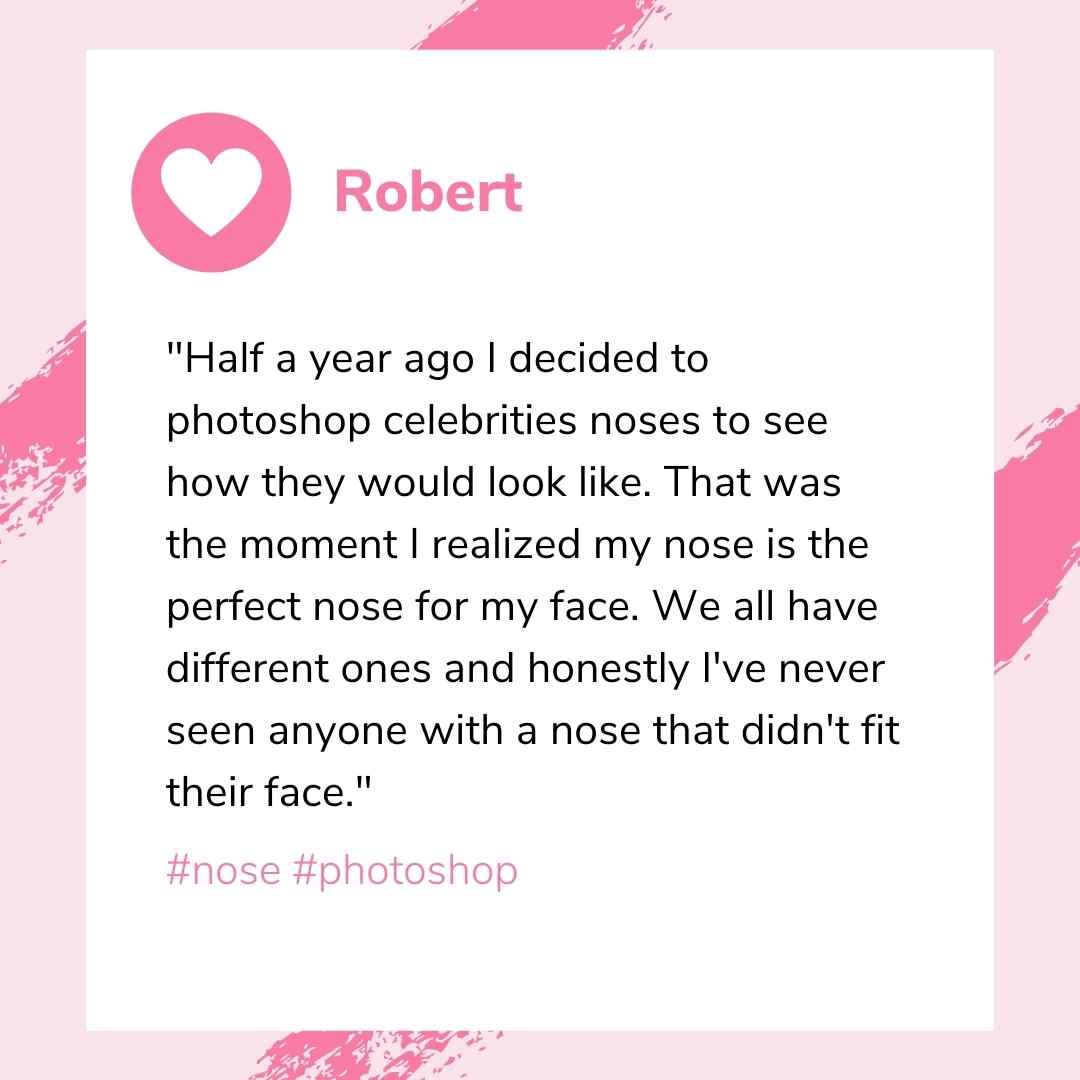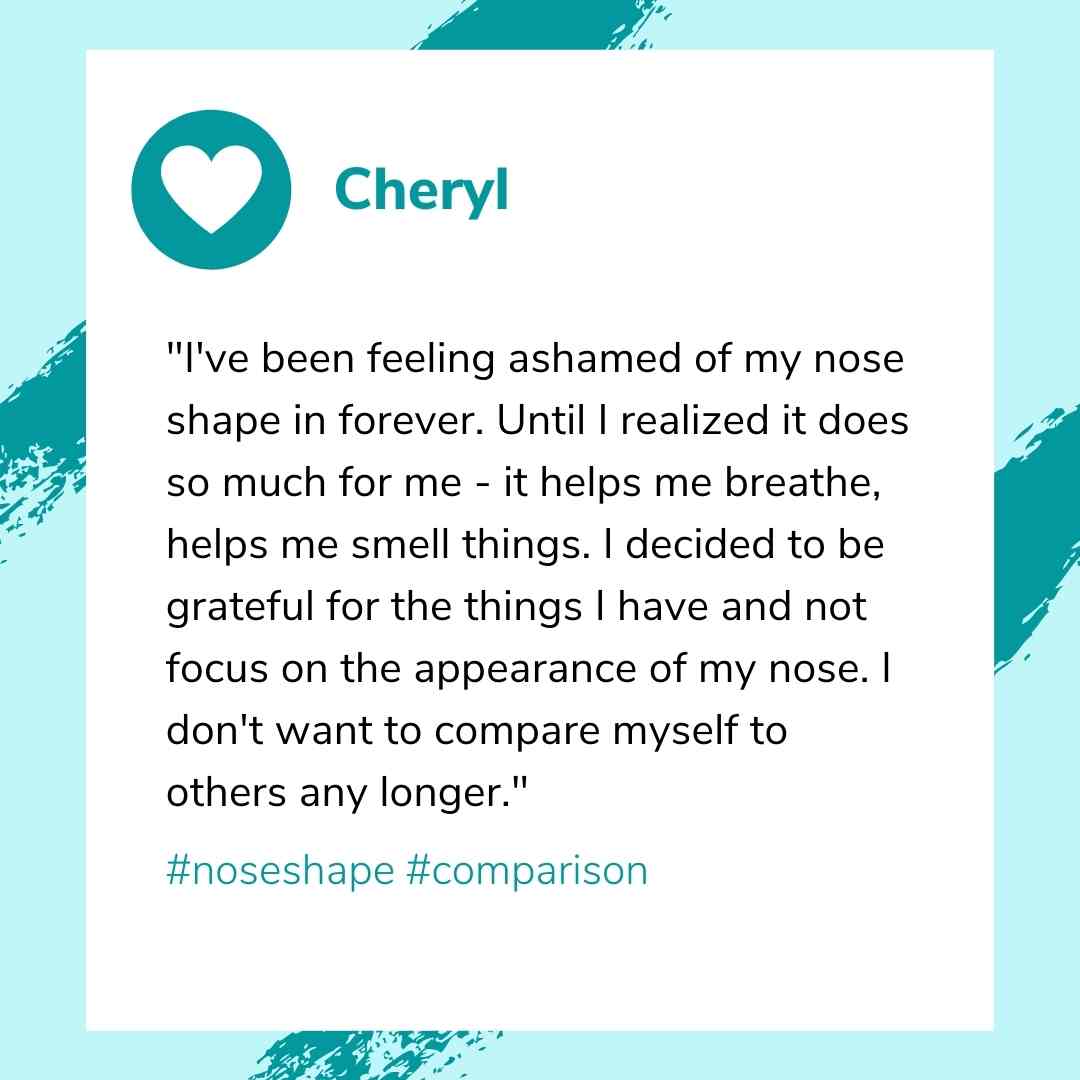


Anatomy
The external nose is said to have a pyramidal shape. The nasal root is located superiorly, and is continuous with the forehead. The apex of the nose ends inferiorly in a rounded ‘tip’. Spanning between the root and apex is the dorsum of the nose.
Located immediately inferiorly to the apex are the nares; piriform openings into the vestibule of the nasal cavity. The nares are bounded medially by the nasal septum, and laterally by the ala nasi (the lateral cartilaginous wings of the nose). 1


Nose shapes
Bulbous nose, bulbous nose tip
A bulbous nose is where the tip of the nose is rounded and enlarged.
Celestial / Upturned nose
A celestial or upturned nose is usually small in appearance and very slightly upturned like the name suggests. A celestial nose also often has a slight dent at the middle of the bridge
Snub nose / Button nose
A snub nose is very similar in appearance to a celestial nose however they tend to be rounder and often more upturned so that the nostrils are often visible when viewed from the front profile of the face
Greek nose / Straight nose
A Greek nose is often referred to as a straight nose as it is most identifiable by its straight bridge and narrow nostrils.
Bumby / Crooked nose
A bumpy or crooked nose is often the result of injury, but it can also be present from birth due to hereditary factors like overgrowth of cartilages. The nose may appear to go off to one side or may have obvious bumps.
Roman nose / Aquiline nose
A roman or aquiline nose often has an overly prominent bridge that is slightly bent towards the end.
Hawk nose
A hawk nose shape is similar to a roman nose however it usually has a thinner bridge and more pointed tip. Hawk noses are usually curved which can give it a hooked appearance like the beak of a hawk.
Fleshy nose
Fleshy noses are most common in men, they are usually identified by having a large and wide protruding shape.
Nubian nose
A Nubian shaped nose is most common found in those of African descent. Its typical features include a long bridge, wide base and the tip of the nose often pointing downwards towards the lips. 2
Climate impact
For individuals from hot, wet climates, there is less of a need to prepare the air for the lungs, so these individuals retained shorter nostrils.
As our evolutionary ancestors moved out of Africa and toward colder more dry climates, the need to prepare air before it entered the lungs became more important. Having a longer more narrow nostril increased contact between the air and the mucosal tissue in the nose, Scientific American reported. This helped to warm and moisten air before it entered the lungs. In turn, this also prevented infection and illness. As a result, individuals with shorter, wider noses who lived in cold, dry climates were more susceptible to disease. Over time, individuals with narrow noses would have fared better in colder climates, thus passing on this gene and spreading this trait. 3
Dorsal humps
Dorsal humps are cartilage and bone irregularities on the nose. These irregularities can cause a bump or “hump” in the outline of a person’s nose instead of a straight slope from the bridge of the nose to the tip. The nasal “dorsum” is the bone-and-cartilage structure that connects your nose to your face. Most of us refer to it as the “bridge” of our nose. The dorsum can develop humps for several reasons like:
- Genetics
- Trauma or injury
- Medical causes
- Infectious causes
If you experience pain or trouble breathing, please contact your doctor. 4
Nose size
While all human noses theoretically function the same, the size of the nose can vary widely across different demographics. Evolutionarily, genetics and climate are the primary indicators of nose size. Because the nose allows for the sense of smell and is also the first portion of the respiratory tract, its responsibility is to warm, moisten, and begin to filter air before it is sent to the lungs for gas exchange. People over 40 may begin to notice signs of aging that lead to the appearance of a larger nose. 5
Photoshop + Fact Check
In times of social media we are comparing our own features more than ever before. We tend to think that all these pictures and faces are the way we are supposed to look like. In fact there are so many different nose shapes and sizes that comparison is going to make us unhappy most days.
Keep in mind what you see on social media in not always reflecting reality and faces can be photoshopped and retouched pretty easily. Little bumps can be “corrected” and a smaller nose in just on simple touch away.




Stories about noses



Information / Text Sources
Anatomy
1) https://teachmeanatomy.info/head/organs/the-nose/external-nose/
Nose shapes
2) https://www.theprivateclinic.co.uk/blog/what-are-the-different-types-of-nose-shapes/
Climate impact
Dorsal humps
4) https://www.healthline.com/health/dorsal-hump#impact-on-breathing
Nose size
5) https://aedit.com/concern/nose-size
Fact Check
6) https://www.isaps.org/wp-content/uploads/2020/12/Global-Survey-2019.pdf
